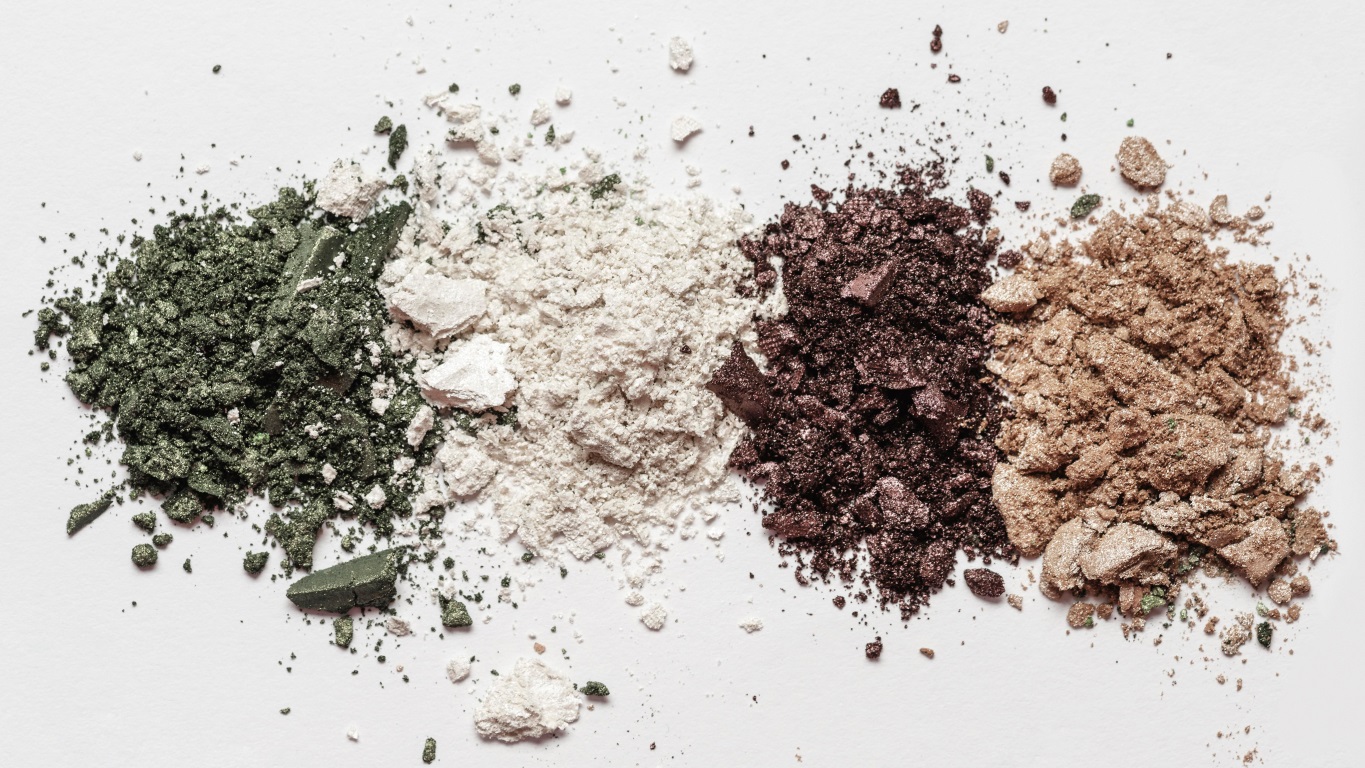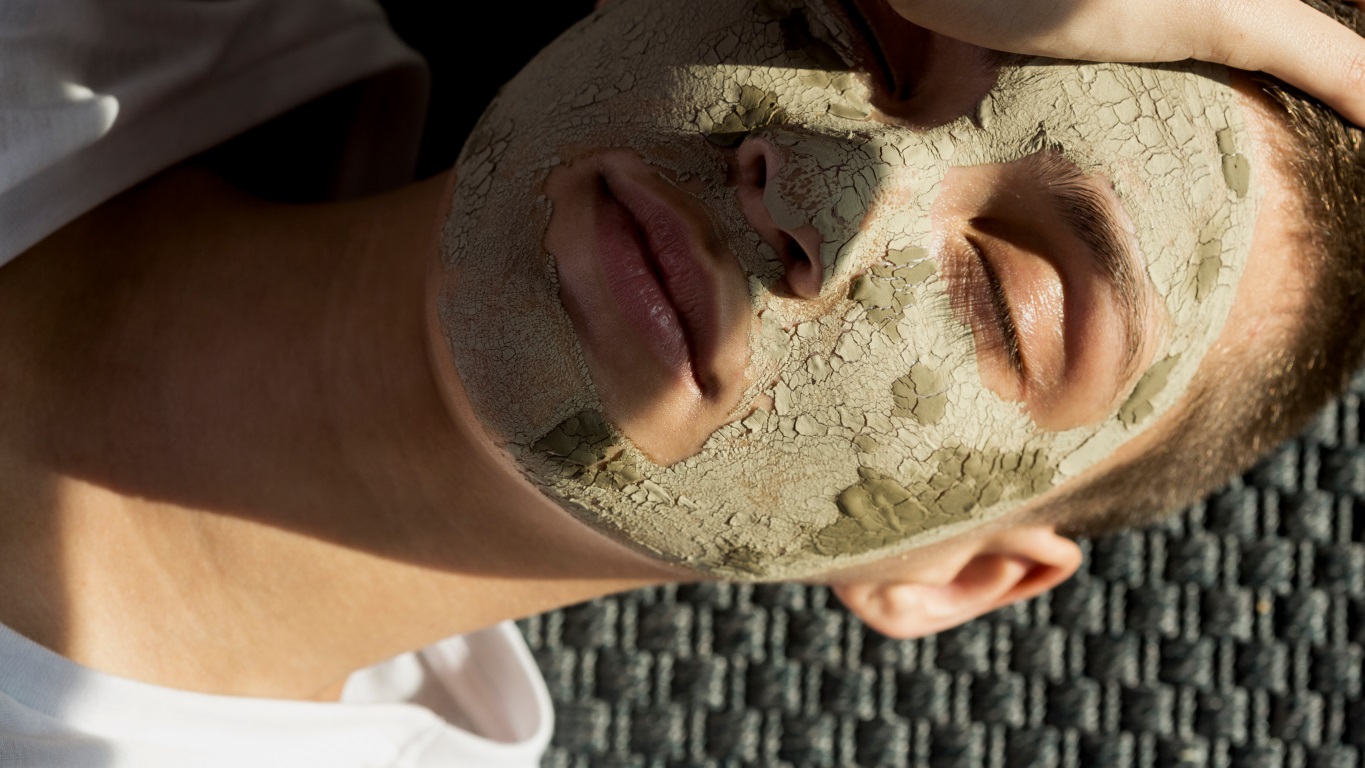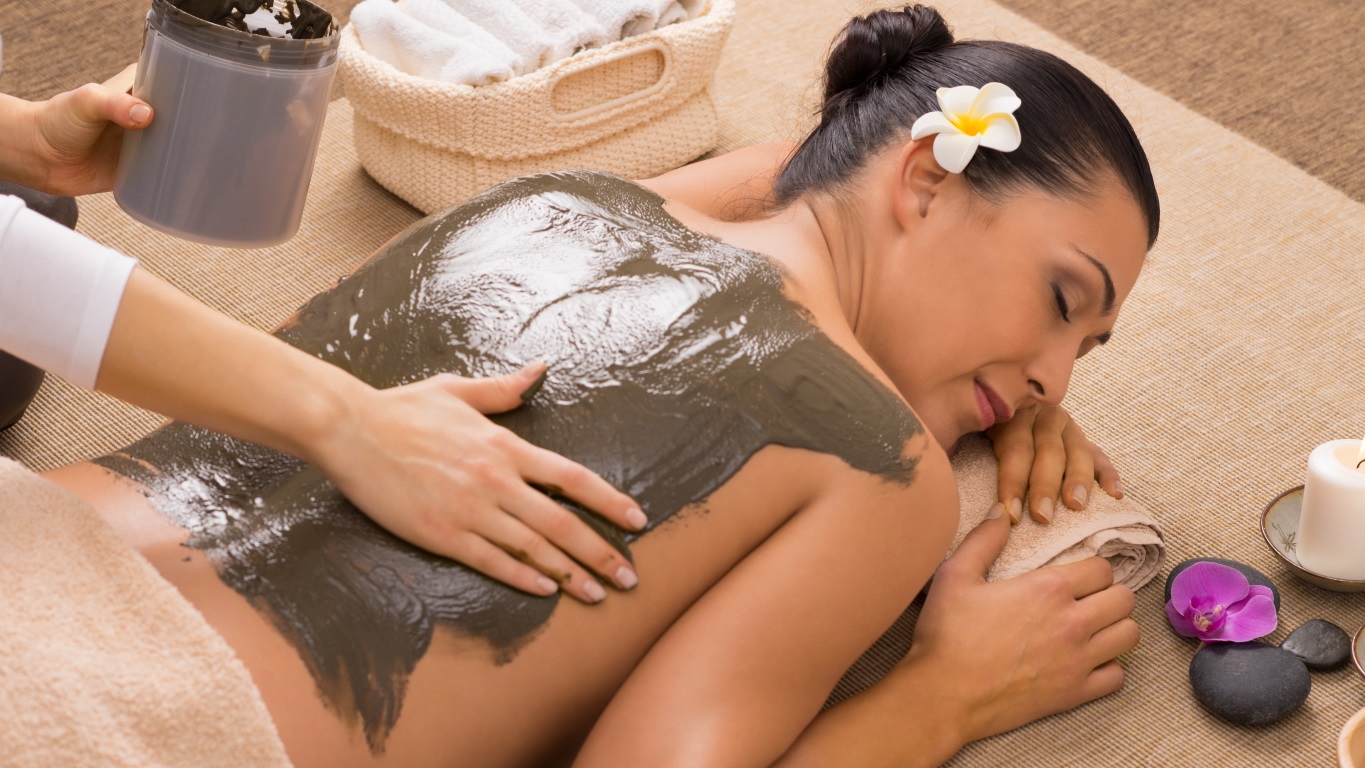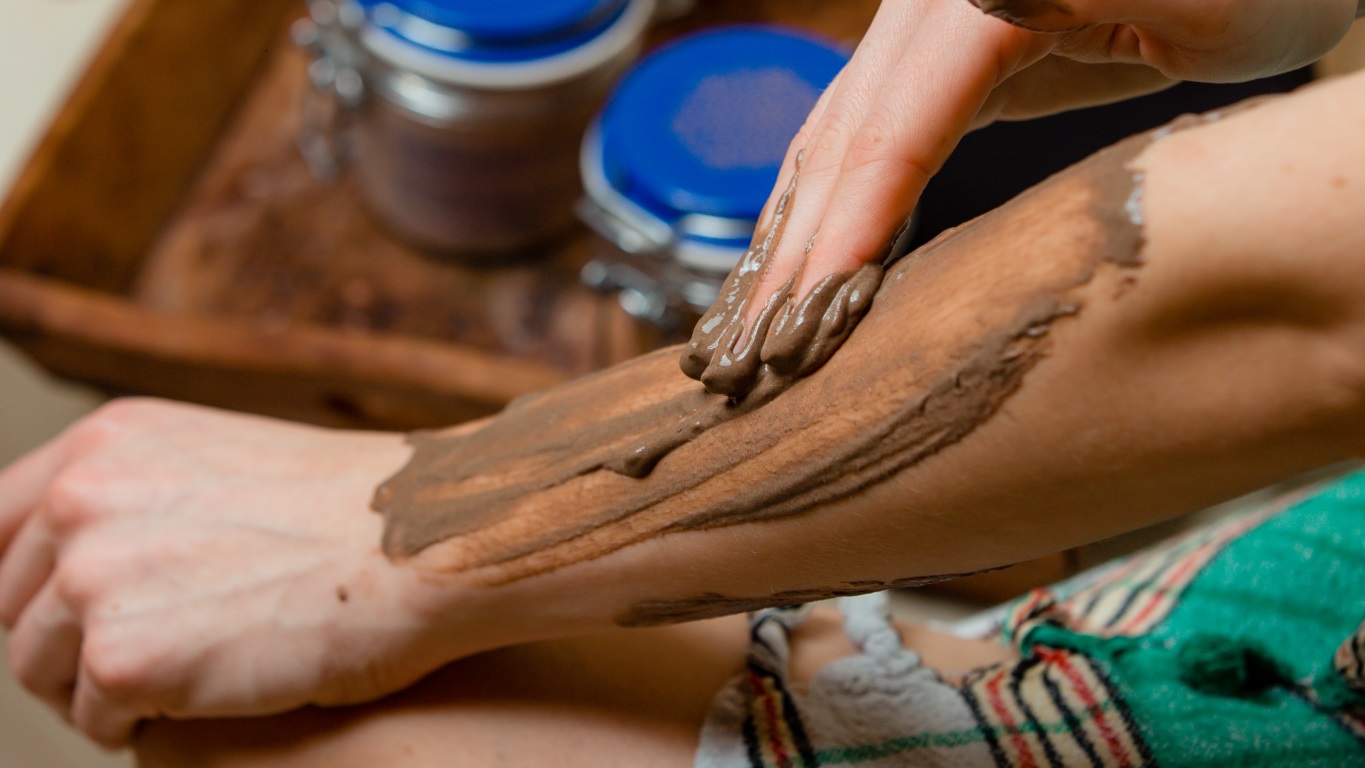Clay minerals have been used for centuries for their therapeutic properties in the traditional Indian system of Ayurvedic medicine. Clay minerals have a unique ability to absorb toxins and impurities from the body, which makes them useful for detoxification and cleansing. It can be ingested or applied topically to the skin to remove toxins and impurities and reduce inflammation, redness, and irritation. It has anti-inflammatory and anti-microbial properties to treat various skin and gastrointestinal disorders. Clay minerals can also be used to treat acid reflux, stomach ulcers, and other digestive disorders. It is believed that clay can balance the three doshas, or energies, in the body: Vata, Pitta, and Kapha. Clay has a cooling effect on the body that makes it useful for the treatment of inflammation and heat-related disorders.
Here are some of the most commonly used clay types:

- Bentonite Clay: It is composed of volcanic ash, known for its high cation exchange capacity, and used for detoxification and cleansing. It treats skin disorders such as acne and eczema.
- Kaolin Clay: It is a finely particle-sized clay composed of aluminum and silicon used to produce paper, ceramics, and cosmetics. It treats gastrointestinal disorders such as diarrhea and dysentery.
- Fuller’s Earth Clay: It is also composed of volcanic ash and is known for its absorbent properties. It is used in the production of cat litter and other absorbent materials. It treats skin disorders such as acne and eczema.
What are clay minerals?
Clay minerals are naturally occurring minerals that are composed of layered structures of silicate minerals. Due to its diverse physical and chemical characteristics, clay can be used in a variety of applications.

- Kaolinite: It is a white or greyish mineral commonly found in soil that is rich in aluminum and silicon. It is a non-swelling clay mineral that has a fine particle size and is used in the production of paper, ceramics, and cosmetics. It was used to treat diarrhea, dysentery, and other gastrointestinal disorders.
- Montmorillonite: It is a swelling clay mineral that is commonly found in volcanic ash and sedimentary rocks. It has a high cation exchange capacity, which makes it useful for water purification and soil conditioning. Montmorillonite clay is also used in the treatment of skin disorders, such as acne and eczema.
- Illite: It is a non-swelling clay mineral that is commonly found in sedimentary rocks. It is a fine-grained mineral that is used in the production of ceramics and as drilling mud in the oil and gas industry. Illite clay is also used in the treatment of arthritis and other inflammatory conditions.
- Smectite: It is a swelling clay mineral that is commonly found in soils and sedimentary rocks. It has a high cation exchange capacity, which makes it useful for water purification and soil conditioning. Smectite clay is also used in the treatment of diarrhea, dysentery, and other gastrointestinal disorders.
What is the effect of clay minerals on doshas?
There are three doshas: Vata, Pitta, and Kapha they keep the body and the state of health in balance. Each of them is linked to bodily and psychological traits. Since ancient times, clay minerals have been used in Ayurveda to balance the doshas and advance general health and well-being.

- Vata dosha: It is associated with movement and is responsible for the nervous system, circulation, and respiration. Clay minerals balance the Vata by providing a grounding effect on the body. It calms the nervous system and promotes relaxation, which can help reduce anxiety and stress.
- Pitta dosha: It is associated with digestion and metabolism and is responsible for regulating body temperature and energy levels. Clay minerals can balance pitta by providing a cooling effect on the body. It removes excess heat and inflammation from the body and reduces skin problems and other health issues associated with pitta imbalance.
- Kapha dosha: It is associated with stability and is responsible for the immune system, lubrication, and structure of the body. Clay minerals balance kapha by providing a drying effect on the body. It removes excess water and mucus from the body, which reduces congestion and other health issues associated with Kapha imbalance.
Here are some home remedies that use clay for Ayurvedic and medicinal purposes:
Clay Face Mask

Mix 1-2 tablespoons of kaolin clay with water to form a paste. Apply the paste to your face and leave it on for 10-15 minutes. Rinse off with warm water. This mask can help cleanse and detoxify the skin.
Clay Bath

Add 1-2 cups of bentonite clay to your bathwater and soak for 20-30 minutes. This bath can help remove toxins and impurities from the body.
Clay Poultice

Mix 1-2 tablespoons of Fuller’s earth clay with water to form a paste. Apply the paste to the affected area and cover it with a cloth. Leave it on for 20-30 minutes. This poultice can help reduce inflammation and swelling.
Cultivator Phyto Lab helps you to make laboratory test for quality control.

Presently, Cultivator Phyto Lab is one of the state art of laboratories with cutting-edge technology to provide quality control testing services for your brand products as per regulatory bodies.
Note: It is important to consult a healthcare provider before using clay for medicinal purposes.
Authors: Teena Kanwar Chouhan & Dr. Sanjoy Gupta

